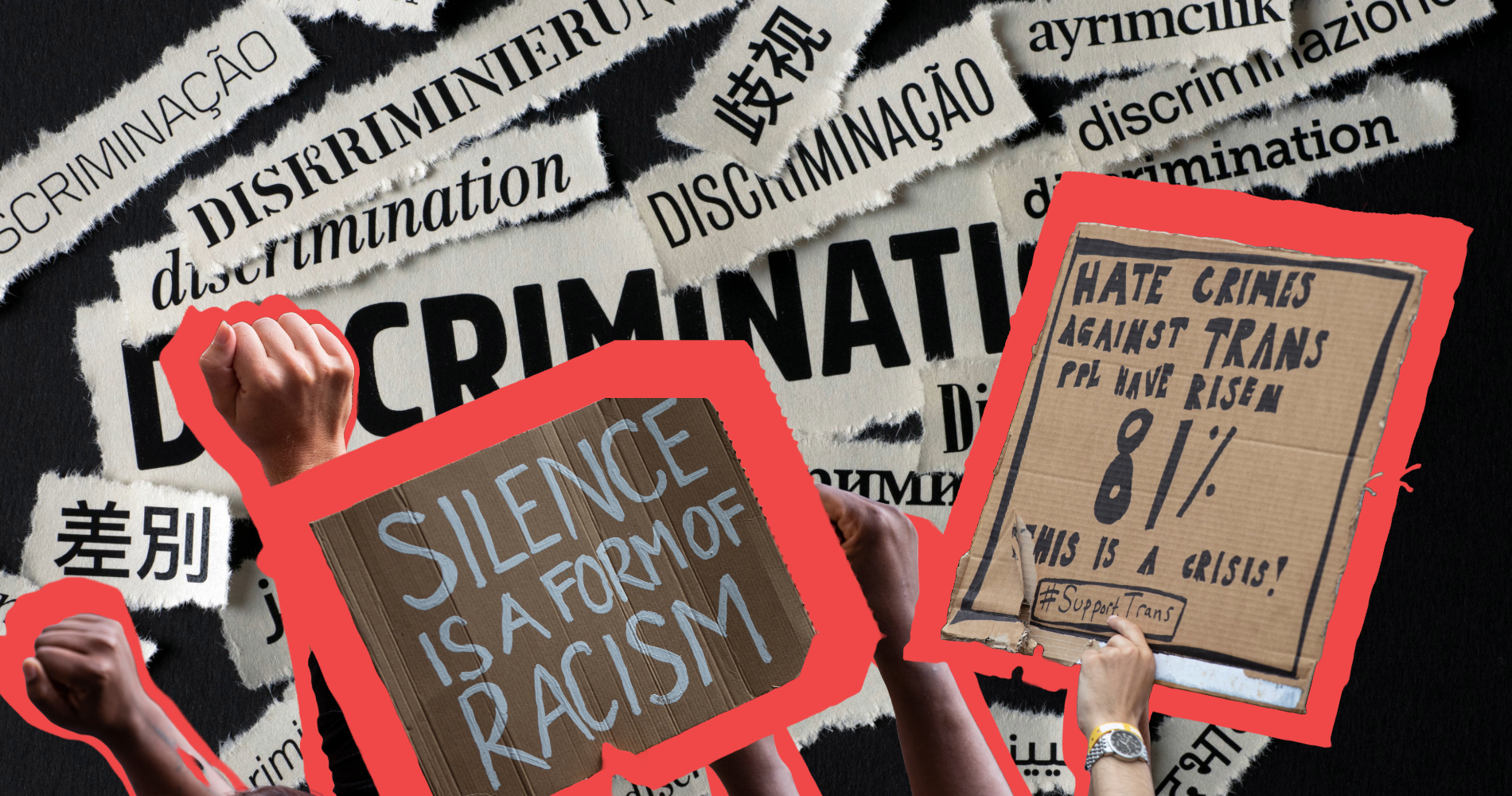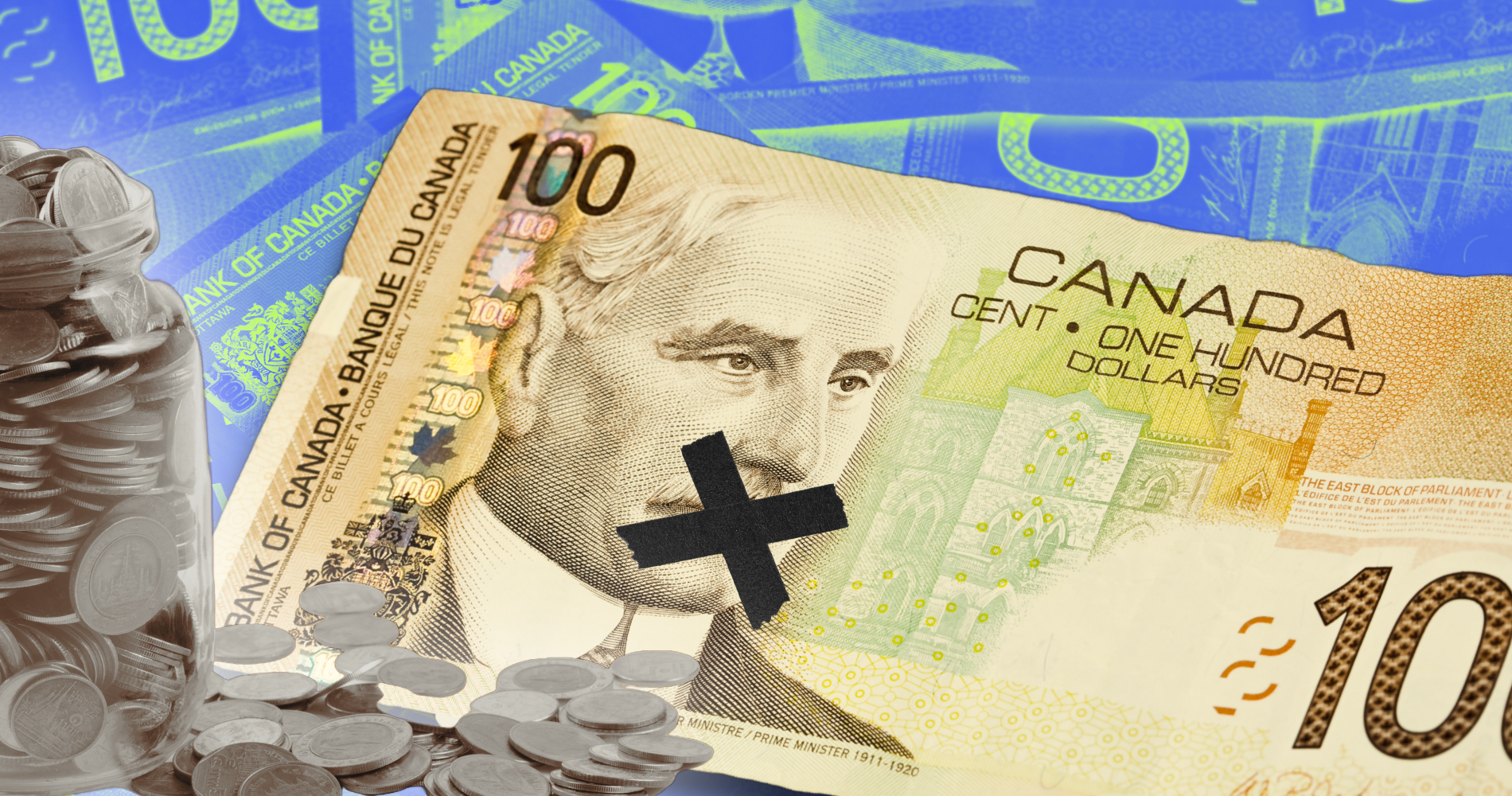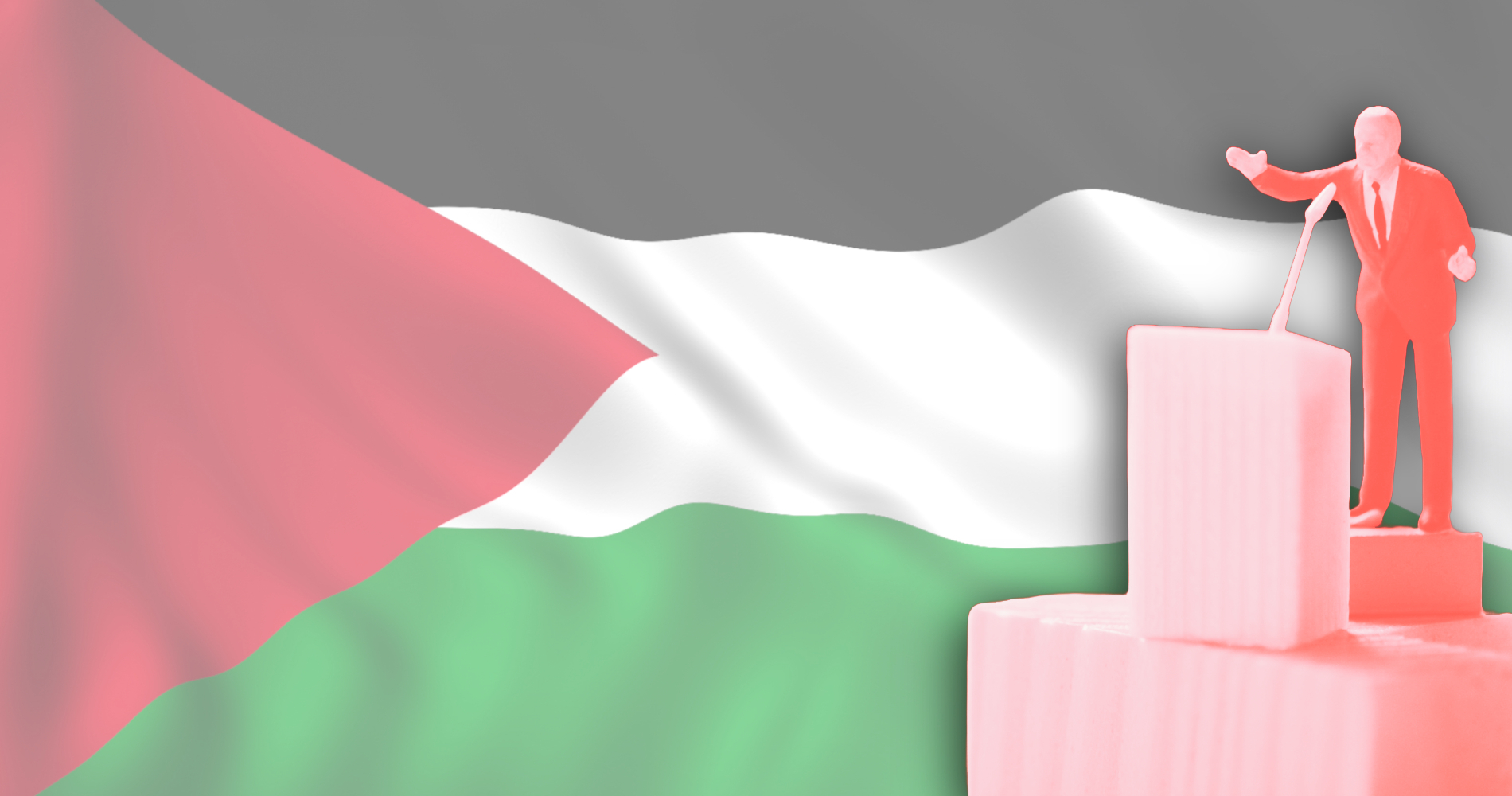News & Research
Read our latest research, policy analysis and commentary
Our publications are available to all at no cost. Please support the CCPA and help make important research and ideas available to everyone. Make a donation today.
-

Why aren’t political parties talking about the rise in hate in Canada?
As election day approaches, the campaign trail has been dominated by heated debates over tariffs, trade wars, housing affordability, defence spending and other issues in…
-

Despite high unemployment, young people are being left behind this election
Summer 2025 is shaping up to be just as punishing as summer 2024 was for young people seeking work. Just a few years ago, young…
-

Canada should move towards integration with Europe instead of the U.S.
Trump’s chaotic global tariff war, which has upended the international order, shows no sign of letting up. Presidents of the U.S. have long used trade…
-

On Trump and trade, Canada is asking the right questions—but proposing the wrong answers
The following is a re-print of the March 2025 edition of Shift Storm, the CCPA’s monthly newsletter which focuses on the intersection of work and…
-

Platform Crunch: What are the parties promising in their costed platforms?
It’s the final week of the federal election campaign, and most parties have finally released their full platforms with costs. First of all, kudos to…
-

Platform Crunch: Health care, child care, and the care economy
The pandemic cut a swath through our public services, and they still haven’t recovered. Health care and community service workers have been working flat out…
-

It’s not enough to “buy Canadian”, we need to own it
The U.S. president is turning the world economy upside down, holding everyone hostage in the process. Canada’s position is especially precarious. After decades of the…
-

Organizers are pushing to “Vote Palestine” in Canada’s federal election
Since Prime Minister Mark Carney dissolved Parliament and called a snap election, party leaders have focused their campaigns on economic issues, including the U.S. tariff…
-

Election debates are this week—here’s what leaders should be talking about
When the party leaders face off in the Radio-Canada building in Montreal on Wednesday for a French language debate—and then on Thursday in English—it will…
-

What does Canadian nationalism mean in the Trump era?
The election of Donald Trump has certainly changed the political dynamics in the United States. Trump’s election victory was likely predicated on numerous things,…
-

Building better
Community benefits agreements are a creative and effective way to build a better construction workforce
-

Can the Saskatchewan Party live without the Liberals?
Despite all the venom Saskatchewan’s governing party spits at the federal Liberals and all the praise they heap on the federal Conservatives, you must think…
Updates from the CCPA
Read the latest research, analysis and commentary on issues that matter to you.
CCPA Updates